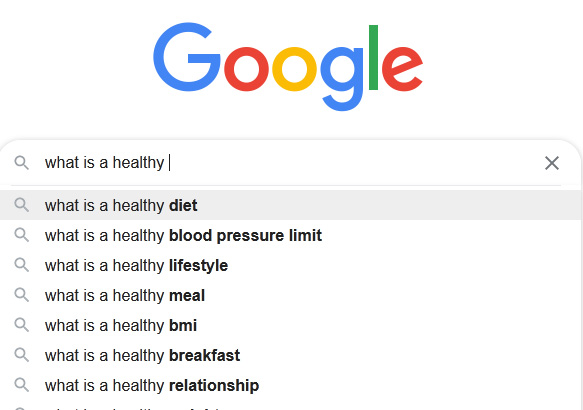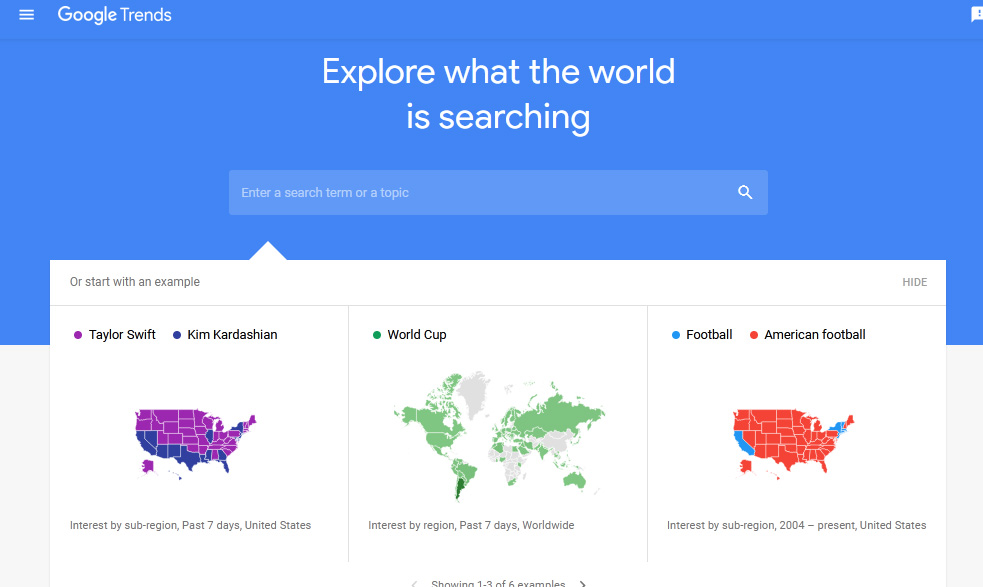What is high quality content anyway?
Find out how content quality supports SEO, what quality looks like, how it is measured, and more. If you want to stand out from the competition in SERPs, all you need to do is publish high quality content. Sounds easy doesn’t it? There are some problems with this, however. Everyone thinks their content is of the highest quality. Additionally, quality content is perhaps one of the most difficult aspects of SEO to define. Too often people focus on all the wrong things like word count, keyword density (whine!) Or formatting. Content marketing strategists keep telling us that “content is king” and is essential to SEO.
But what does that mean exactly?
What is high quality content?
In short, high quality content will achieve its marketing goals. It is also:
• Completely.•
Sensible.•
Sensible.
• Educational.
• Precise.•
The best answer to the researcher’s query. Perhaps your main goal is to increase the number of social shares on Facebook.
When your content gets in touch with your audience and gets more shared, it’s a success.
But for another company whose main goal is to generate more leads, the same content may not work at all if it gets Facebook shares but doesn’t attract new leads.
Does this mean it is poor quality content?
It all depends on who you ask.The most common KPIs used to determine the value and effectiveness of your content include:
• Place in the top 3 of Google for your target keyword (s).• Increase in brand awareness and customer loyalty.
• Generation of leads and sales.
• Improved click rates and lower bounce rates.
• Increased overall web traffic due to a strong overall presence in the organic search results.
• Receive social shares and visits to your website from social media platforms.
• Improved conversions and net income on site.
• Attract a number of relevant links from authoritative areas.If your content meets these important KPIs, then you are on the right track with your content strategy.
The 10 best ways to produce quality content Once you’ve established the parameters you need to analyze the success or failure of your content marketing strategy, it’s time to get down to production.
These 10 tips will keep you up to date.
1. Know your research intent and your call to action
Search intent is the reason someone searches for information online.You are looking for general information on a topic, for an answer to a question, for a solution to a problem or for a product to buy.

Before you start creating content, you need to understand how people will find and use it, and what you want to achieve. Are you trying to sell a product or service? Are you building your list of email subscribers? How can your audience’s needs go hand in hand with your marketing goals? All of this needs to be incorporated into your content strategy so that your call-to-action (CTA) can align with your content goals and user intent.
2. Use appropriate formatting for readability
You want your content to be easy to read, not just for your consumers but also for the search engines that crawl, index, and rank your website. The way you format your content plays an important role in overall performance. People browse articles, which is why headings and subheadings, lists, and small blocks of text separated by spaces are easy to digest. People don’t respond well to huge blocks of text, and neither does Google.
3. Discover trends and create a backlog of content ideas
All content begins with a subject. The topic you choose can affect or affect the effectiveness of your content marketing strategy.
It’s important to choose relevant topics that interest your audience.Check your competition to see what type of content they are posting.

If you’re like me and don’t have the time or patience, tools like BuzzSumo and ExplodingTopics can help you find hot topics.As you put together your list of topics, fill your editorial calendar to make sure you’re never looking for a new topic at the last minute.
4. Do thorough research to gain trust and authority
Consumer confidence in institutions and the media is at an all-time low in 2021, according to the Edelman Trust Barometer.
It is more important than ever to make sure that your content is trustworthy. That means you need to do extensive research and find data to back up your ratings.
Research is also important when writing about your own personal experiences. You don’t want to risk losing your audience’s trust by presenting inaccurate information.

Cite recent and current studies and data. One way to stay on top of all relevant updates is to set up Google
Alerts on topics of interest. You can even do so with your own name and brand for quick response to mentions online.

5. Make Topics Unique by Adding Your Own Perspective
“There is no such thing as a new idea. It is impossible. We simply take a lot of old ideas and put them into a sort of mental kaleidoscope. We give them a turn and they make new and curious combinations. We keep on turning and making new combinations indefinitely; but they are the same old pieces of colored glass that have been in use through all the ages.”

The truth is, we are still recycling content. But what makes it unique and worth reading is our own perspective. Perhaps that means adding your notorious sense of humor to an article that would ordinarily be a serious subject.
Or weave personal stories and anecdotes into the content. With a little creativity you can recycle the content through your “mental kaleidoscope” and personalize it individually.
6.Use your own experiences, studies and data
Creating your own data and using content that reflects your experience is a huge plus for SEO.
If your experience is detailed, useful, and long enough, other people will likely refer to it and include a quote on your website. Backlinks to credible websites can help improve your SEO.

Speaking from personal experience, even if you question popular opinion, also helps establish yourself as a person of authority.
You’re not just talking about another article you’ve read – you can personally testify to your claims.This level of authority makes people listen to you and take you more seriously.
7. Target a niche sub-topic
To be fair, most of the topics we write about are technical subtopics. But I recommend diving even deeper.
Why?
For starters, you have less competition.The focus on a broad topic such as “dog training” is too broad. There are tons of competitors competing for this keyword.
My content will be a little fish in the sea, especially if I’m just starting out with my content strategy and haven’t had a chance to establish my website as a worthy authority.

However, focusing on “dog training behaviors” or “dog training commands” means that I’m much closer to page 1.
My website is transforming into a big fish in a small pond, and my content is aimed directly at people looking for specific information that I can provide.
There are many tools that you can use to analyze keywords and topics. The example used above is from Jaaxy.
Make sure you do your research to see if any sub-topics in your niche that aren’t regularly discussed resonate with your audience.
8. Diversify with multimedia content
Visual content is easier for people to process and remember than simple text. Visual assets that complement written content well include:
• Screenshot.
• Pictures.
• Infographics.
• Graphics.
• Videos.
• Gifs.
• memes.

Using multimedia to enhance your content can improve engagement and in many cases is an effective way to illustrate a point or give an example.
9. Review and edit before publishing
If quality is your primary goal, posting initial drafts without quick proofreading shouldn’t even be on your radar. An editorial calendar can be a great advantage here.
Use it to check deadlines and take plenty of time to write an article, let it sit for a day or two, and then come back and tweak it.

Don’t post hastily written, unedited content and expect to uphold your reputation for high quality.
10. Use analytical data to measure content performance and adjust your strategy
The proof of the success of your content is in the numbers. Even if you think you are producing quality content, your audience may not agree.
And if so, it doesn’t matter what you think – it’s the consumers who have the final say on which content is valuable and which is not.
Use your top KPIs, which we discussed at the beginning of this article, to measure the progress of your content.
Find out which topics are performing well and which are getting little or no traffic.
This information gives you a basic roadmap to focus on in order to move forward.
Takeaway:
It’s an undeniable truth: if you want to stand out from the flood of content produced every day, you have to go for quality.
This is one of the best ways to build your authority in your niche, get your audience excited about the topics they are most interested in, and set up your website to rank high on search engines.
Creating quality content is one of the hardest parts of SEO, but creating the best content possible has repeatedly proven to be the best way to attract the most relevant audience.
Always strive to be the best you can be. No need to hunt for skyscraper content or 10X content or whatever the latest buzzwords are saying.
All you need to do is create content that is better than your closest competitor’s. Put yourself in the shoes of a researcher. If your article ranked # 1,
would that researcher be satisfied with the way this content answers their question, solves their problem, and brings value and benefit to their life?







